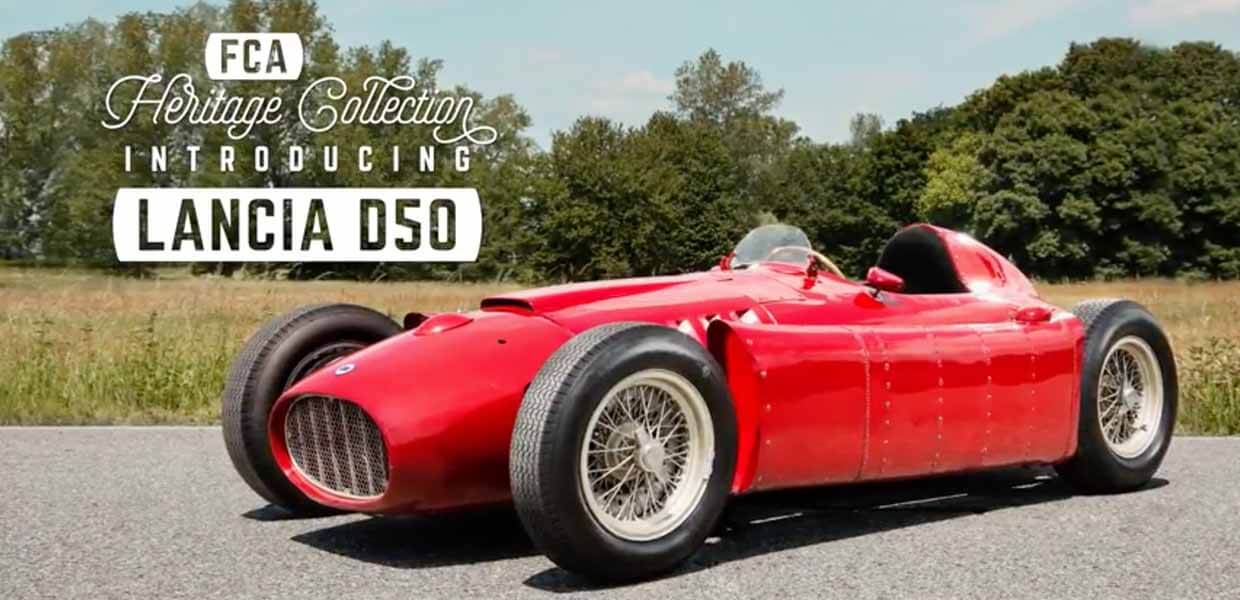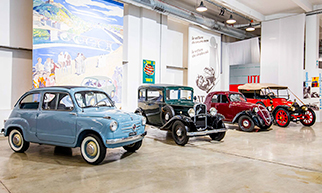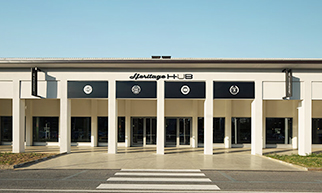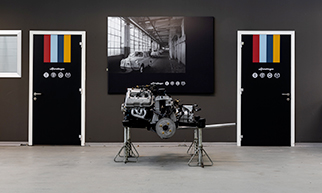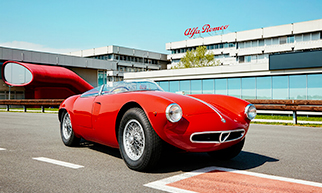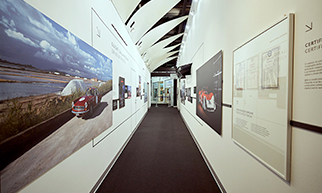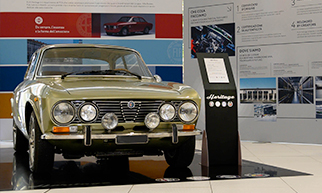
Leading the grand parade that will wind through the streets of Turin is the legendary Lancia D50, a car synonymous with racing driver Alberto Ascari, who won the Formula One Grand Prix here in 1955.
The perpetrator always returns to the scene of the crime, I’ve seen it happen a thousand times in my job. But I didn’t know that the same thing is true for cars with legendary reputations. And yet, that is exactly what is happening on 10 June in Turin for the Auto Show at Parco del Valentino. Because leading the parade of prototypes, super cars and historic road and race models that will traverse Italy’s car capital is the Lancia D50.
That’s right, none other than the mythical Lancia D50. The first Formula One single-seater produced by Lancia, just like the one that won the Turin Formula One Grand Prix on the Parco del Valentino circuit on 27 March 1955. Behind the wheel was the unforgettable Alberto Ascari, Formula One World Champion in 1952 and 1953.
On that day in Turin, Ascari was in already in the lead by the midpoint of the race. The official stats tell us that he won in a time of 2h 40m 22s with an average speed of 141.437 km/h, 27s ahead of second-placed Argentinian driver Roberto Mieres. In short, it was a triumph for Lancia, whose other two Lancia D50 cars in the race, driven by Luigi Villoresi and Eugenio Castellotti, took third and fourth place respectively.
The car was a technological marvel capable of reaching 300 km/h.
What’s more, the Lancia D50 had all the credentials needed to win. A 90 degree V8 engine with 2.5 L displacement, which was limited by Formula One regulations in force from 1 January 1954. Outrigger-style pannier fuel tanks on each side of the car, between the front and rear wheels. Independent wheel suspension at the front and De Dion axle suspension at the rear. A rear-mounted clutch/gearbox/differential assembly. A five-speed transaxle gearbox. Dual ignition with twin spark plugs per cylinder.
The engine was mounted at a 12° incline relative to the longitudinal axis of the car, allowing the propshaft to pass left of the driver's seat. The resulting lower seat position reduced the height of the cockpit for better aerodynamics and speed.
That’s why the Lancia D50 was capable of reaching 300 km/h!
In short, it was a technological marvel. In the hands of a champion such as Alberto Ascari, it was almost inevitable when the Lancia D50 won the very last Turin Formula One Grand Prix in 1955.
Now the car is returning to Turin for the Parco del Valentino Auto Show. It is a strange twist of fate, something which I often come across in my investigations. But as I always say, never underestimate the magic of destiny. The same magic that even a hard-nosed detective like me finds in the history of the Lancia D50, driven by the great Alberto Ascari.
